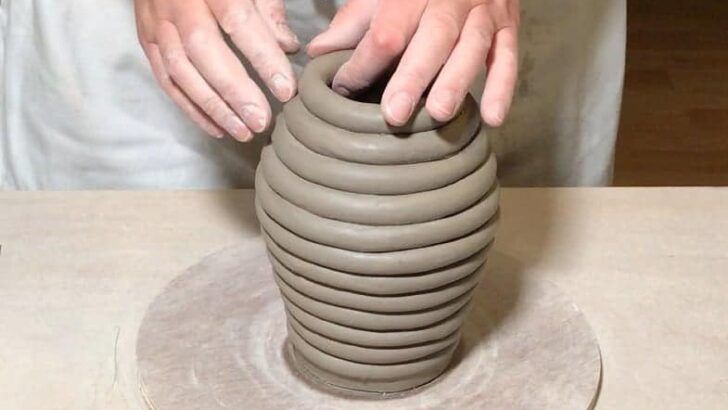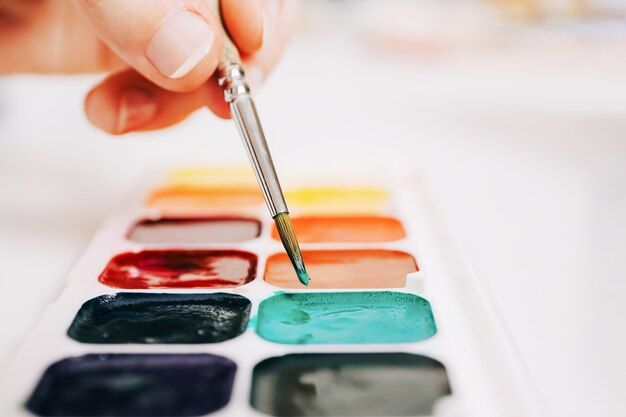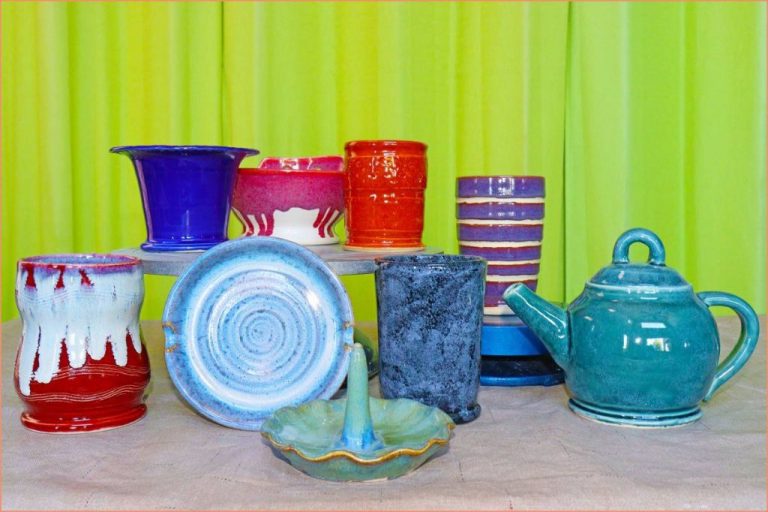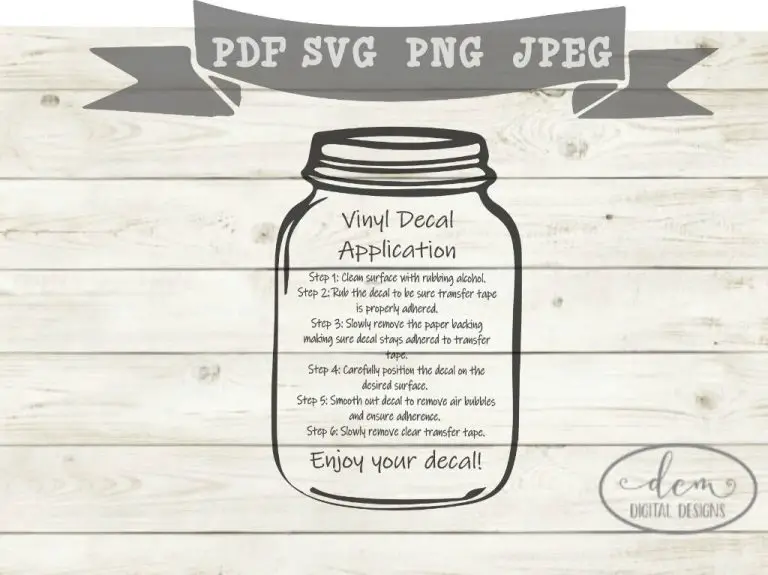Sculptural Techniques In Clay Pottery: Pushing Boundaries
Sculpting in clay is the art of creating 3-dimensional forms using clay as the primary medium. Clay sculptural techniques involve manipulating and shaping clay to produce objects with artistic expression. This can involve building up solid forms, hollowing out vessels, or creating intricate surface designs and textures. Sculptural clay techniques push the boundaries of traditional pottery by bringing free-form creativity and innovative methods to clay as an artistic material.
History
Sculptural techniques in clay pottery have been used for thousands of years. The earliest known clay sculptures date back over 25,000 years to the Upper Paleolithic period. Archaeological evidence shows that ceramic pots were first made during the Neolithic period, around 18,000 BCE, using the coiling technique (https://themarshallgallery.com/post/4956-what-is-the-history-of-ceramic-art-sculpture). Coiling involves rolling ropes of clay into rings that are stacked to build the pot walls. This allowed early potters to make larger, thicker-walled vessels. Other early sculptural techniques included pinching pots into shape and using concave molds.
As civilizations developed, pottery became more advanced and sophisticated sculptural techniques emerged. Around 6,000 BCE, the slab technique appeared which involves rolling out flat sheets of clay that can be cut into shapes and joined together. More complex vessels with relief decoration and attachments like spouts and handles were created. By 4,000 BCE, the potter’s wheel was in use which revolutionized throwing techniques. Through the Bronze and Iron Ages, pottery styles diversified across cultures leading to new sculptural methods. Master potters experimented with materials, firing technology, glazes, and intricate surface designs to push the artistic boundaries.
Relief Sculpture
Relief sculpture in clay involves creating shapes that project from a flat background. The depth of the projections can vary from low-relief (barely protruding from the background) to high-relief (having depth and complexity). Bas relief is somewhere in between with figures projecting half or less of their depth from the background.
Some basics of relief sculpture in clay include:
- Start with a slab of even thickness for the background.
- Secure the slab on a board or other firm surface before sculpting.
- Cut away areas of the background to make figures stand out.
- Build up figures by adding and shaping coils or slabs of clay.
- Blend the background and foreground together by smoothing and texturing.
- Refine forms and add surface detailing.
- Allow proper drying time before firing.
Relief sculpture allows for strong visual contrast between intricate, modeled forms and the flat background plane. It’s ideal for telling stories or representing scenes in a dramatic way. The compressed space can lend energy and tension to compositions.
For instruction on relief sculpture techniques, refer to this excellent step-by-step guide: How to Make Relief Sculpture| 40 Easy Lessons on Artvilla
Coiling
Coiling is one of the most fundamental and versatile sculptural techniques in clay pottery. It involves rolling out “ropes” or coils of clay and stacking them on top of each other to build up hollow 3D forms. As described in this tutorial, “The process involves taking a small amount of clay, and then rolling it out on a flat surface until it forms a rope-like shape, called a coil.” (Source).

Coiling is ideal for creating shapes with curves and rounded surfaces, as the coils can be manipulated to bend and flex as you build. It allows artists to craft organic, flowing forms in a very intuitive way. According to ceramic artist Erin Furimsky, “Coiling clay is a great way to make sculpture that is volumetric and curvy.” (Source). By stacking and blending the coils together, sculptors can create depth and 3D volume in their work.
An advantage of the coiling technique is control. The coils can be made very uniform and precisely stacked, or they can be made irregular to create more organic effects. The clay also stays flexible as you build, allowing for easier manipulation compared to techniques like slab construction. Overall, coiling enables clay artists to bring their 3D design visions to life in a very hands-on, customizable way.
Pinching
Pinching is one of the most basic and ancient sculptural techniques in clay pottery. It involves molding clay into forms using only the fingers and thumbs, without any additional tools or equipment. The technique dates back over 25,000 years to some of the earliest known ceramic objects.
Pinching is done by pinching the clay between the thumb and fingers, gradually building up the form. It is an intuitive and direct way of working with clay that allows the artist to have close control over the developing form. Pinch pots are made starting with a ball of clay and pinching up the sides to create a basic pot shape. More intricate sculptural forms can also be built using this technique.
Pinching enables artists to create organic, asymmetrical shapes and contours. The technique leaves clear fingerprints and indentations on the surface of the clay, giving a handmade, rustic look. Pinching is often used by beginners learning the basics of ceramic sculpture. But many artists also incorporate pinching into more advanced works to achieve specific textural effects.
Contemporary artists may use pinch techniques in innovative ways. For example, creating very thin, delicate forms not possible with other techniques. Some pinch large-scale, free-form sculptures. Others combine pinching with coiling and slabs to create unique sculptural pottery forms that push the boundaries of what is possible with clay.
Sources:
http://www.mrframpton.com/forming-techniques-pinch.html
Slab Building
Slab building is a technique that involves rolling out slabs of clay and then forming them into three-dimensional shapes. The slabs can be cut into different shapes and joined together using slip and score techniques. Slab construction allows artists to create modular and geometric forms as well as flowing, organic sculptures.
When creating sculptures with slabs, artists can roll out consistent thicknesses using slab rollers. The slabs can then be cut into geometric shapes or free-form organic contours using template cutters or knives. The shape of the slab pieces influences the final form. For example, triangular slabs can be joined to create a multifaceted vessel.
To construct the sculpture, the edges of the slab pieces are scored and slip is applied before firmly joining them together. The seams can be smoothed using various tools. Extra slabs may be added to build up certain areas and create sculptural relief.
The flexibility of the slab makes it possible to create curved and rounded shapes by gently bending and blending slabs together. The slabs can be draped over solid forms to create hollow, three-dimensional vessels and sculptures. Cutting sculptural lines and textures into the slabs prior to construction adds more visual interest to the surface decoration.
Overall, slab construction enables immense creativity and range when building ceramic sculptures. The modular nature provides stability and structure while allowing for flowing, organic forms. Sculptors utilize the techniques of cutting, joining, texturing, and bending slabs to create innovative and progressive works of art.
Sources:
Drape Molds
Drape molds allow potters to create fluid, draped forms that mimic the look of fabric or clothing. To create a drape mold, potters first sculpt an original model out of clay. This model serves as the inner core of the mold. Next, the potter drapes wet fabric or other flexible materials over the model to capture its form. Once the outer drape material sets, it can be removed and used as the mold.
When clay is pressed into the drape mold, it takes on the exact shape and details of the original sculpted model, including all the folds and creases of the draped fabric. Drape molds are excellent for making ceramic works that have a soft, flowing style reminiscent of Classical Greek or Roman robes and dresses. The finished ceramic pieces often seem to defy gravity, frozen in a moment of billowing movement.
Contemporary potters are pushing the boundaries of what’s possible with drape molds. They are experimenting with new materials for draping like latex, mesh, plastic, and foil. The more elastic and flexible the draping material, the more motion can be captured in the final mold. Some potters are also combining multiple molds or sculpting additional details by hand to create innovative ceramic forms.
Mixed Media
Incorporating non-clay materials into sculptural pottery is a creative way for artists to push boundaries and explore new techniques. This often involves combining clay with other materials like metal, wood, glass, paper, fiber, found objects or textiles. The contrasting textures, colors and properties of different media can allow for unique artistic expressions.
Some ways to incorporate mixed media into sculptural pottery include:
- Applying bits of metal, glass or stones into the surface of clay pieces for visual interest.
- Using paper, fabric or natural fibers to create texture or layers on clay forms.
- Incorporating found objects like buttons, beads, shells or broken jewelry into a clay sculpture.
- Constructing sculptural vessels around armatures made from wire, wood or other materials.
- Enhancing or decorating fired clay pieces with paints, glazes, resin or patinas.
- Making molds from non-clay materials like plaster or silicone to shape the clay.
The combination of clay and other media often results in one-of-a-kind, innovative sculptural works. Contemporary artists like Beth Cavener, Karen Thuesen Massaro and Christyl Boger often utilize mixed media to expand the boundaries of ceramic art.
Contemporary Artists
Some contemporary sculptural pottery artists who are pushing boundaries with innovative techniques and creative visions include Brian Fincher, Roberto Lugo, and Beth Cavener. Brian Fincher is a studio artist based in Charlotte, North Carolina who creates unique sculptural forms, protrusions, and textures in his pottery (https://www.instagram.com/bjfincher/). His works incorporate bold shapes and asymmetry. Roberto Lugo, known for his use of portraits and social justice themes in pottery, pushes boundaries through both the content and forms of his work. His pieces feature relief sculpture, portraits, and messages carved and molded into the clay. Beth Cavener is recognized for her haunting narrative sculptures of human and animal forms. She captures emotion and movement through her innovative use of gesture and form in clay.
Conclusion
In conclusion, sculpting techniques using clay have evolved tremendously over the centuries. What began as basic hand-building methods like coiling, pinching, and slab construction has expanded into complex techniques like drape molds. Sculptors continuously innovate by incorporating mixed media and pushing creative boundaries.
Moving forward, technological advances like 3D printing may intersect with traditional ceramic sculpture. Many contemporary artists blend digital media with clay in innovative ways. The future of clay sculpture is filled with possibilities as artists continue to expand the limits of the medium.
Clay’s versatility and accessibility ensure sculpture will remain vital. The tactile, primal nature of shaping clay connects artists and audiences. While technology opens new doors, the core tenets of working in clay by hand persist. The interplay between historic foundations and future innovation keeps ceramic sculpture fresh and compelling.




